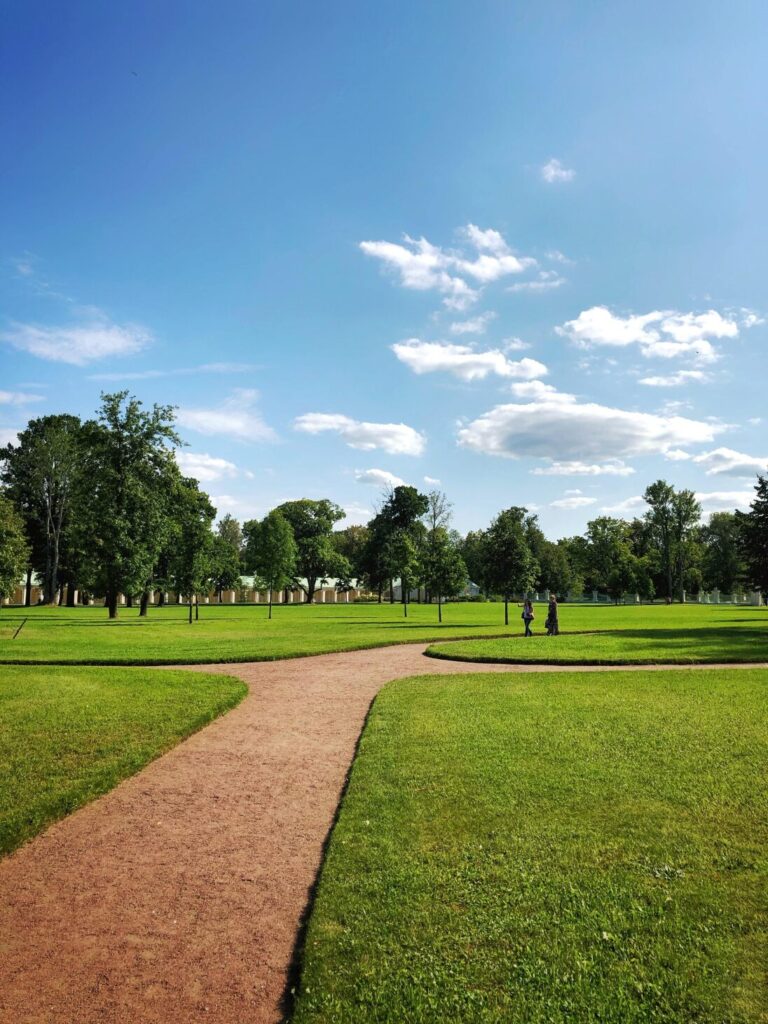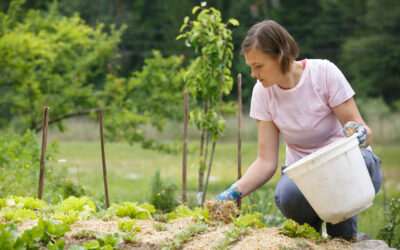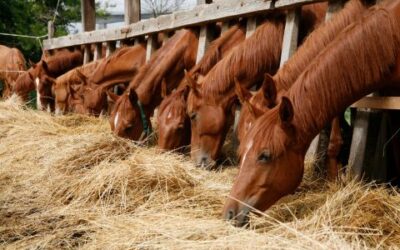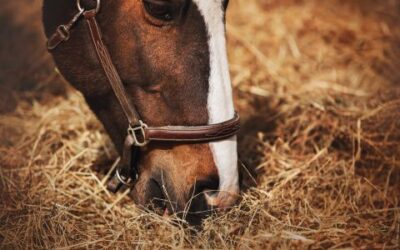
Fall is here! The leaves are turning, the air is crisp, and, with any luck, your grass is still green. While there are many fall landscaping chores that are likely on your list, there is one action that many homeowners forget about… aerating their lawn. However, there are a few things that you should know about aerating your lawn. In this blog, we explore what you need to know prior to getting started.
What Is Lawn Aeration?
Simply put, aeration is the act of putting holes into your lawn. These holes allow air and water to reach the roots, which helps the grass to grow. It also loosens the soil, removing soil compaction and allowing the roots to expand. Lawn aeration can be done by hand, or there are several products and machines on the market to assist you in the aeration process. The aeration cores then turn into premium mulch for your lawn.
What Lawns Need Aeration?
Generally speaking, lawns with heavy traffic (via foot or vehicle) will benefit the most from aeration. Additionally, if you have heavy soil, your lawn is a prime candidate to be aerated. Aerating your lawn loosens the dirt and gives the roots more room and oxygenation, both of which are needed to grow thick, lush green grass. It helps the roots grow deeper, which will help them to get more water from the soil, therefore reducing your water bill.
When Should I Aerate My Lawn?
In northern climates (like Maine!), lawn aeration should happen in mid to late September when the temperatures have died down and the grass is not stressed in any way. However, it is important that the grass has time to recover before it goes dormant. If you do not aerate it in the fall, you have the opportunity again in the spring before peak temperatures hit.
How Do I Know if My Lawn Needs Aeration?
There are a few ways to tell if your lawn needs to be aerated. Generally, if the soil feels hard to the touch, it can benefit from aeration. Additionally, if your lawn dries out quickly or if water puddles on the lawn instead of soaking into the grass, aeration could be helpful. Furthermore, if your lawn is thinning, developing brown spots, or withering, it is probably a great candidate for aeration.




